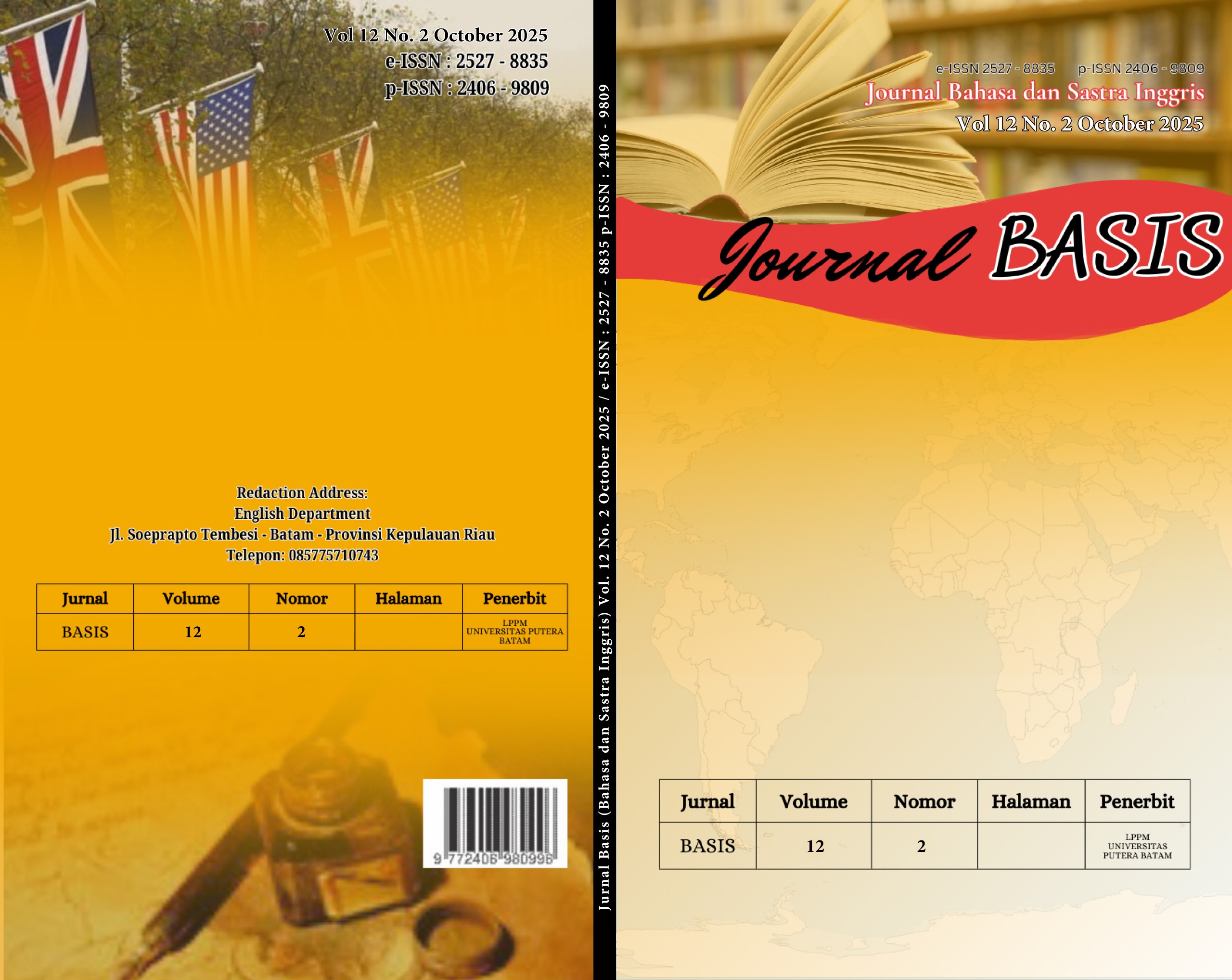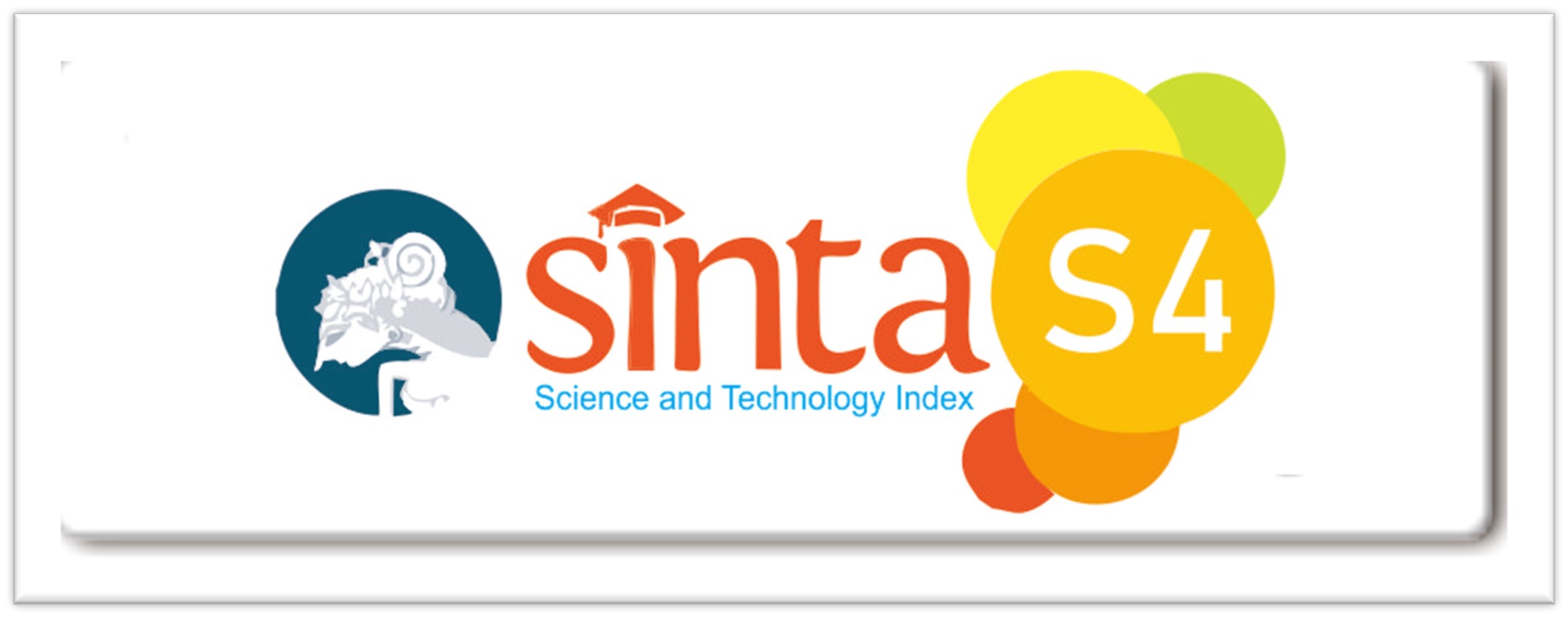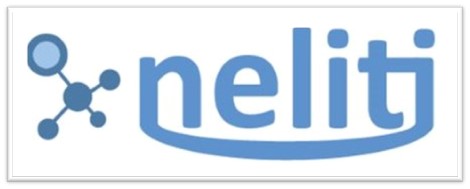THE EFFECTIVENESS OF USING SOCIAL MEDIA VIDEOS TO IMPROVE STUDENTS' PERFORMANCE IN WRITING PROCEDURE TEXT
DOI:
https://doi.org/10.33884/basisupb.v12i2.10155Keywords:
EFL Students, Experimental Study, Procedure Text, Social Media Videos, Writing PerformanceAbstract
This study aimed to investigate the effectiveness of using social media videos (YouTube, Instagram, and TikTok) in improving students' writing performance in procedure texts. Utilizing a quantitative quasi-experimental design, the research involved two groups of ninth-grade beginner-level EFL students at a junior high school in Surabaya: an experimental group taught with social media videos and a control group taught through conventional methods. Data was collected through pre-tests and post-tests, and analyzed using descriptive statistics, t-tests, and effect size calculations. The independent t-test results indicated a significant difference between the experimental group and control group in writing performance (p = 0.000) with a modest effect (0.448). The experimental group experienced notable improvements across key aspects of writing, with gains of 5.77 points in content, 4.67 in organization, 4.27 in grammar, 1.20 in style, and 0.33 in mechanics from pre-test to post-test. The findings support the integration of social media videos as engaging instructional tools that enhance students’ understanding of procedure texts and foster better writing outcomes. The study concludes that social media videos can serve as effective media for developing students’ writing skills in the EFL context, making learning more relatable and dynamic.
References
Alobaid, A. (2020). Smart multimedia learning of ICT: role and impact on language learners’ writing fluency— YouTube online English learning resources as an example. Smart Learning Environments, 7(1). https://doi.org/10.1186/s40561-020-00134-7
Bailey, S. (2014). Academic Writing (Fourth Edition). London: Routledge. https://doi.org/10.4324/9781315768960
Brown, H. D. (2010). Language Assessment: Principles and Classroom Practices (Second Edition). New York: Pearson Longman.
Deane, P. (2018). The Challenges of Writing in School: Conceptualizing Writing Development Within a Sociocognitive Framework. Educational Psychologist, 53(4), 280–300. https://doi.org/10.1080/00461520.2018.1513844
George, M. S. (2018). Developing Listening and Reading Skills through Social Media using Apps.
Jang, J. Y., Han, K., Shih, P. C., & Lee, D. (2015). Generation like: Comparative characteristics in Instagram. Conference on Human Factors in Computing Systems - Proceedings, 2015-April, 4039–4042. Association for Computing Machinery. https://doi.org/10.1145/2702123.2702555
Jin, S. (2024). Tapping into social media: transforming EFL learners’ writing skills and alleviating anxiety through YouTube. Education and Information Technologies, 29(9), 10707–10728. https://doi.org/10.1007/s10639-023-12252-z
John, E., & Yunus, M. M. (2021, August 2). A systematic review of social media integration to teach speaking. Sustainability (Switzerland), Vol. 13. MDPI. https://doi.org/10.3390/su13169047
Kaplan, A. M., & Haenlein, M. (2010). Users of the world, unite! The challenges and opportunities of social media. Business Horizons, 53(1), 59–68. https://doi.org/10.1016/j.bushor.2009.09.003
Kietzmann, J. H., Hermkens, K., McCarthy, I. P., & Silvestre, B. S. (2011). Social media? Get serious! Understanding the functional building blocks of social media. Business Horizons, 54(3), 241–251. https://doi.org/10.1016/j.bushor.2011.01.005
Kirszner, L., & Mandell, S. (2009). Writing First with Readings Practice in Context (Fourth Edition). Boston: Bedford/St.Martin’s.
Kirszner, L., & Mandell, S. R. (2018). Patterns for College Writing (Fourteenth Edition). Boston: Bedford/St.Martin’s.
Knapp, Peter., & Watkins, Megan. (2005). Genre, Text, Grammar: Technologies for Teaching and Assessing Writing. UNSW Press.
Langan, J. (2010). Exploring Writing: Sentences and Paragraphs (Second Edition). New York: McGraw-Hill.
Marlina, Kasim, U., & Fitriani, S. S. (2024). The Use of YouTube Videos to Improve Students’ Ability in Writing Explanation Text. ELTIN Journal: Journal of English Language Teaching in Indonesia.
Mayer, R. (2005). A Cognitive Theory of Multimedia Learning: Implications for Design Principles. Retrieved from https://www.researchgate.net/publication/248528255
Meiristiani, N., & Agistina, N. (2022). Developing Students’ Skill in Writing Procedure Text Using YouTube Videos. Journal Lingua Idea, 13(1), 86. https://doi.org/10.20884/1.jli.2022.13.1.5546
Nugroho, A., & Rahmawati, A. (2020). “Let’s Write a Caption!”: Utilizing Instagram to Enhance ESP Students’ Writing Skills. JURNAL BASIS, 7(1), 1–12. https://doi.org/10.33884/basisupb.v7i1.1782
Nuraini, H., Ruhiat, Y., Nulhakim, L., Kurniawan, A., & Sultan Ageng Tirtayasa, U. (2024). Short Video in Improving Students’ Writing on Procedure Text: An Experimental Study for Students in Vocational School. Retrieved from https://jurnaldidaktika.org
Oshima, Alice., & Hogue, Ann. (2007). Introduction to academic writing. Level 3. Pearson/Longman.
Pasaribu, A. N., Pasaribu, T. K., Siahaan, R. B., & Sitompul, D. S. (2024). Challenges for Indonesian EFL Students in English Academic Writing. English Review: Journal of English Education, 12(2), 527–536. https://doi.org/10.25134/erjee.v12i2.9780
Rizky, N., Adi, P., & Sukmaningrum, R. (2021). Instagram Reels as a Media in Writing Procedure Text for the Ninth Grade Students of SMPN 1 Pageruyung Academic Year 2021/2022. Desember, 2(2), 2021. Retrieved from http://ejournal.undhari.ac.id/index.php/de_journal
Sallamah, I. B., & As Sabiq, A. H. (2020). Does Instagram as Learning Media Affect Students’ Writing Skill on Recount Text: Experimental Research (Vol. 2). Retrieved from http://ojs.journal.unilak.ac.id/index.php/
Selwyn, N., & Stirling, E. (2018). Social Media and Education. https://doi.org/https://doi.org/10.4324/9781315121697
Tambunan, B. J., Hutauruk, B. S., Siahaan, M. M., & Hutahaean, D. T. (2024). Effect of Using TikTok Video on the Students’ Ability in Writing Procedure Text at Grade VII (Vol. 4). Desember. Retrieved from Desember website: http://ejournal.undhari.ac.id/index.php/de_journal
Vai, A., Desviyanti, E., Ndayisenga, J., Ahmadi, D., & Nevitaningrum. (2023). Exploring the potential of TikTok as a learning resource for enhancing scientific writing skills in physical education. Edu Sportivo: Indonesian Journal of Physical Education, 4(2), 169–177. https://doi.org/10.25299/es:ijope.2023.vol4(2).12304
Yuan, D., Rahman, M. K., Issa Gazi, M. A., Rahaman, M. A., Hossain, M. M., & Akter, S. (2021). Analyzing User Attitudes Toward Intention to Use Social Media for Learning. SAGE Open, 11(4). https://doi.org/10.1177/21582440211060784













 JURNAL BASIS (BAHASA DAN SASTRA INGGRIS)
JURNAL BASIS (BAHASA DAN SASTRA INGGRIS)
